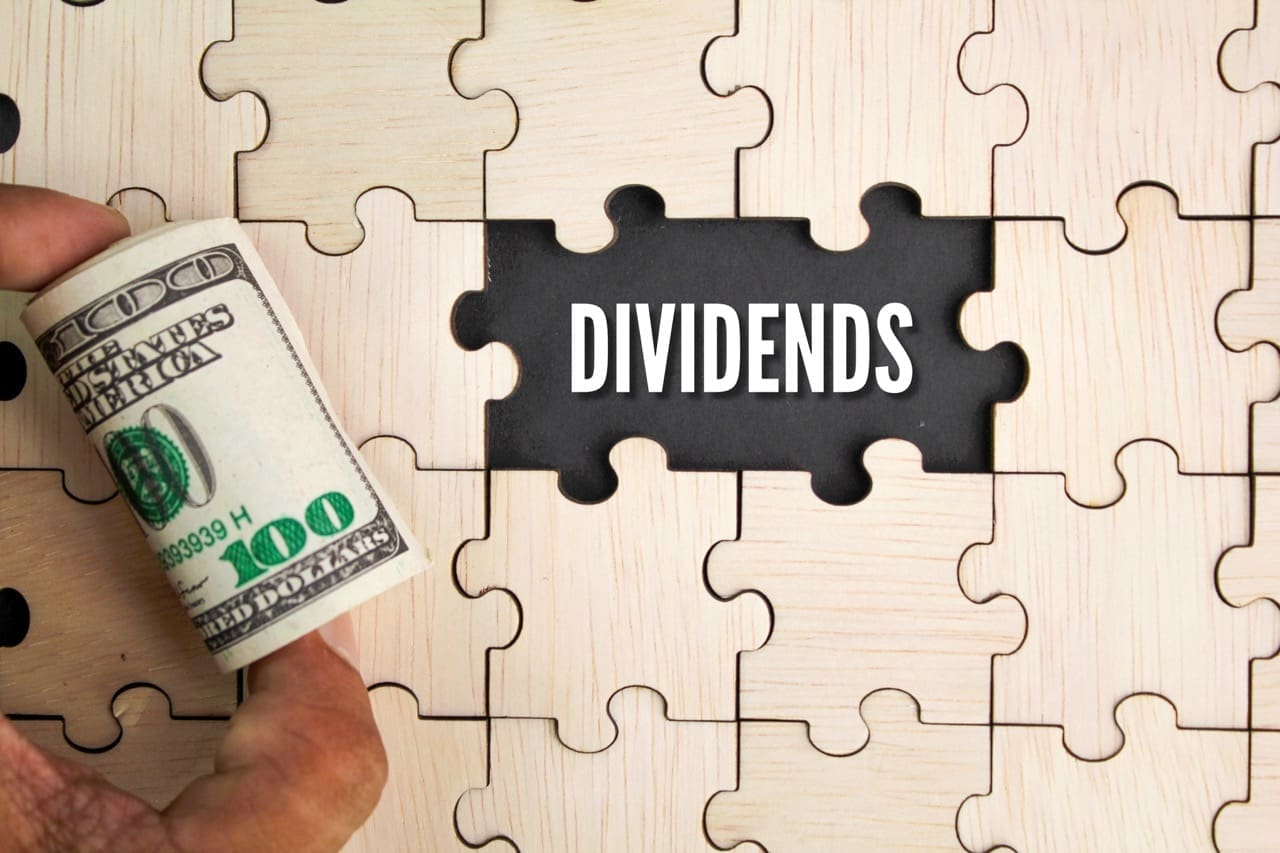Investing in dividend stocks can be a great way to generate passive income and build wealth over time. If you’re new to investing, you might wonder what dividend stocks are and how they can benefit your investment portfolio. In this guide, we’ll break down everything you need to know about dividend stocks, including how they work, the benefits they offer, and how to choose the best dividend stocks for your portfolio.
What Are Dividend Stocks?
Dividend stocks are shares of companies that regularly distribute a portion of their earnings to shareholders in the form of dividends. These dividends are typically paid out quarterly and can provide investors with a steady income stream. Companies that offer dividends are often well-established, financially stable businesses with a track record of profitability.

How Do Dividends Work?
When you invest in dividend stocks, you essentially become a part-owner of the company. As a shareholder, you’re entitled to a portion of the company’s profits, which are distributed as dividends. The amount you receive depends on the number of shares you own and the dividend per share declared by the company.
Types of Dividend Stocks
There are several types of dividend stocks, each with its own characteristics:
- Common Stocks: These are the most common type of dividend stocks. They represent ownership in a company and entitle shareholders to vote on corporate matters.
- Preferred Stocks: These offer dividends that are usually fixed and paid out before common stock dividends. Preferred shareholders typically don’t have voting rights.
- Real Estate Investment Trusts (REITs): These are companies that own, operate, or finance income-producing real estate. They are required by law to distribute at least 90% of their taxable income to shareholders, making them an attractive option for dividend investors.
Benefits of Investing in Dividend Stocks
Dividend stocks offer several advantages that make them appealing to investors, especially those seeking passive income:
Steady Income
Dividends provide a regular income stream, which can be particularly beneficial for retirees or individuals looking to supplement their income. This income can be reinvested to purchase more shares, further compounding your returns over time.

Lower Volatility
Dividend-paying stocks tend to be more stable and less volatile than non-dividend-paying stocks. This is because companies that pay dividends are often well-established with strong financials, which can help cushion against market fluctuations.
Potential for Capital Appreciation
In addition to earning dividends, investors can also benefit from capital appreciation. If the stock price increases, you can sell your shares at a higher price than you paid, thereby realizing a profit.
How to Choose the Best Dividend Stocks
Selecting the right dividend stocks requires careful consideration and research. Here are some factors to keep in mind:
Dividend Yield
The dividend yield is a key metric that indicates how much a company pays in dividends relative to its share price. It’s calculated by dividing the annual dividend per share by the stock price. A higher yield may be attractive, but it’s important to ensure that the company’s dividends are sustainable.
Dividend Payout Ratio
The payout ratio measures the proportion of earnings a company pays as dividends. A lower payout ratio suggests that the company is retaining more earnings for growth and expansion, while a high payout ratio might indicate that the dividends are at risk if earnings decline.
Dividend Growth
Look for companies with a history of consistently increasing their dividends. This is a sign of financial health and a commitment to returning value to shareholders.
Financial Health
It’s crucial to evaluate the financial health of a company before investing. Analyze financial statements, including balance sheets and income statements, to assess the company’s profitability, debt levels, and cash flow.
Industry and Economic Conditions
Consider the industry and broader economic conditions that might impact a company’s ability to pay dividends. Some industries are more stable and recession-proof than others, which can influence the reliability of dividend payments.
Building a Diversified Dividend Portfolio
Diversification is essential for managing risk and maximizing returns in any investment strategy. When building a dividend stock portfolio, consider investing across different sectors and industries to spread risk. This approach can help mitigate the impact of poor performance in any single stock or sector.
Reinvesting Dividends
Reinvesting dividends is a powerful strategy to grow your investment over time. By using dividends to purchase more shares, you can take advantage of compound growth, which can significantly enhance your overall returns.
Monitoring Your Portfolio
Regularly review and adjust your dividend stock portfolio to ensure it aligns with your financial goals and risk tolerance. Stay informed about changes in the market and company-specific developments that could affect your investments.
Conclusion
Investing in dividend stocks can be an excellent way to generate passive income and achieve financial goals. By understanding how dividends work, evaluating key metrics, and building a diversified portfolio, you can make informed investment decisions that support your long-term financial well-being.
If you’re a beginner, start small and gradually increase your investment as you gain confidence and experience. Remember, investing in dividend stocks requires patience and discipline, but with the right approach, it can be a rewarding journey toward financial independence.





